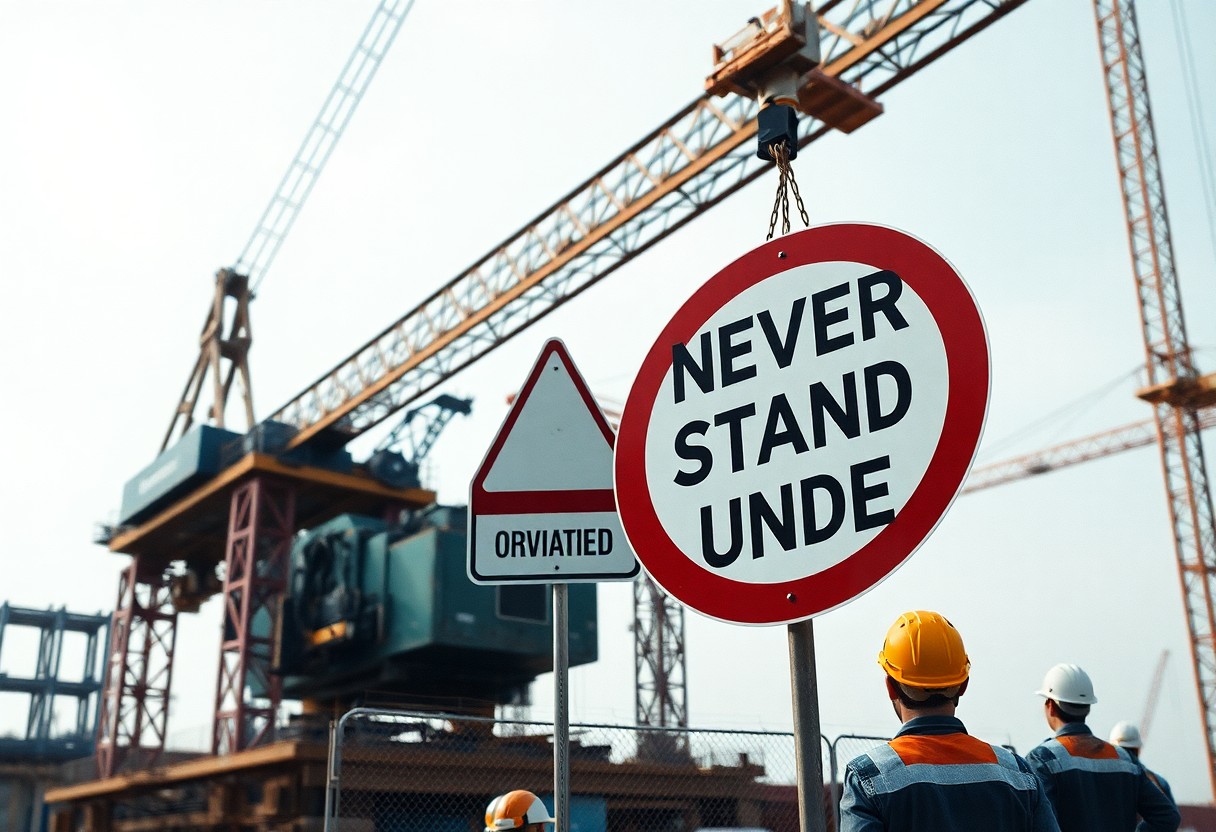It’s vital for you to prioritize safety when you’re working in an environment where overhead loads are present. Whether you’re in a construction site, warehouse, or any area where lifting equipment is in use, understanding the risks associated with overhead loads can make a significant difference in preventing accidents and injuries.
Whenever heavy objects are suspended overhead, you need to be aware that these loads can fall unexpectedly due to equipment failure, improper rigging, or human error. To minimize risks, you should always take the following precautions:
First and foremost, never stand under any suspended load. If you find yourself in a situation where a load is being moved overhead, it is best to keep a safe distance. Create a designated area for personnel where they are far removed from the path of the lifting operation. By establishing this safe zone, you not only protect yourself but also facilitate a safer work environment for your colleagues.
In addition to maintaining distance, it’s vital for you to ensure that all lifting equipment, such as cranes and hoists, is regularly inspected and properly maintained. Familiarize yourself with the load capacity of the equipment in use. You should never exceed these weight limits, as this can lead to catastrophic failures. Additionally, according to your site’s protocols, ensure that only trained and qualified personnel operate lifting equipment. This greatly reduces the risk of accidents and enhances overall safety.
Being aware of your surroundings at all times is another significant aspect of safety. Assess the area where you are working and look for any potential hazards. Make sure that there are clear pathways for equipment and that no unnecessary personnel are nearby during lifting operations. Communication is also vital; maintain clear signals with your team and ensure that everyone is aware of when loads are being lifted or lowered.
Furthermore, consider wearing appropriate personal protective equipment (PPE); hard hats, safety glasses, and high-visibility vests can protect you from falling debris or mistaken operations in a busy work area. By choosing to utilize PPE, you enhance your ability to stay safe in environments where overhead loads may pose threats.
It is also beneficial for you to engage in safety meetings and training sessions that cover the potential dangers associated with overhead loads. Continuous education helps reinforce safe practices and can create a culture of safety within your workplace. Sharing insights and experiences with coworkers will also contribute to a safer working atmosphere.
In a nutshell, while working with overhead loads, you must adhere to basic safety protocols which include never standing under suspended loads and keeping an eye on your surroundings. Prioritizing preventive measures, proper equipment use, and effective communication can help keep you and your coworkers safe from accidents. Always focus on safety first, and make your workplace a secure environment for everyone involved.

Leave a Reply